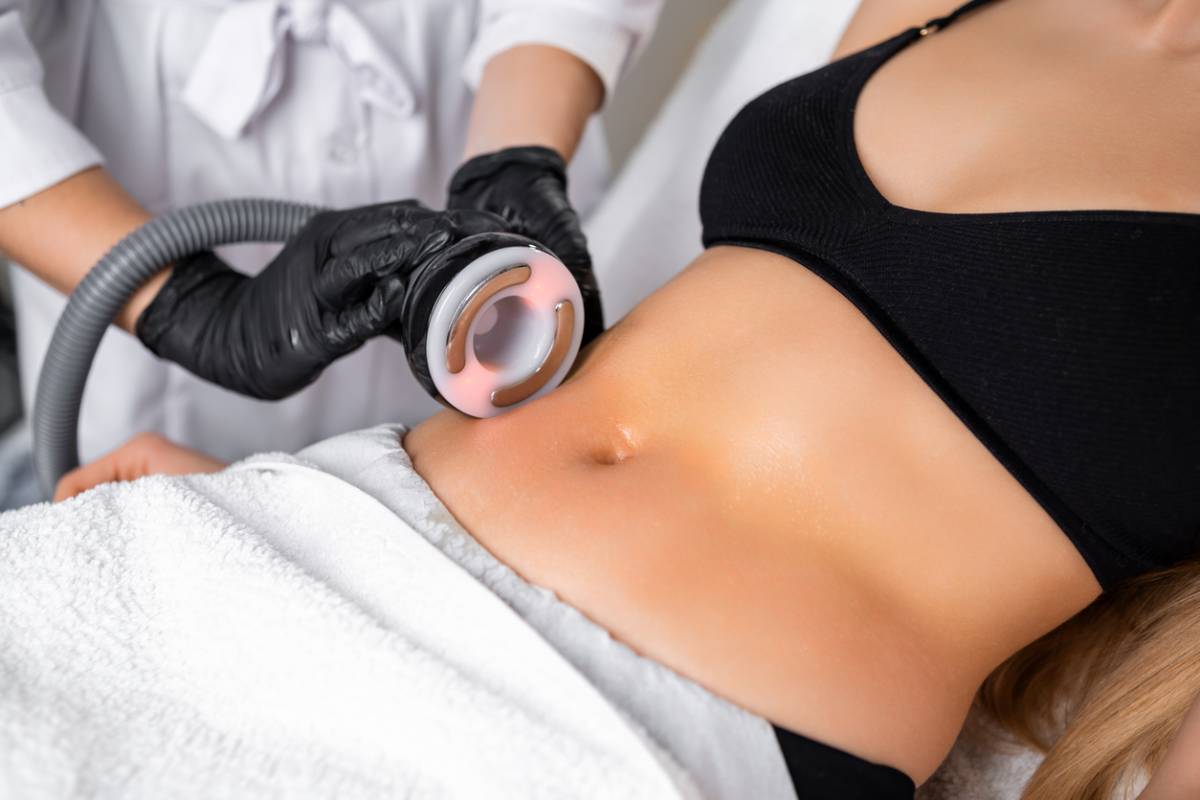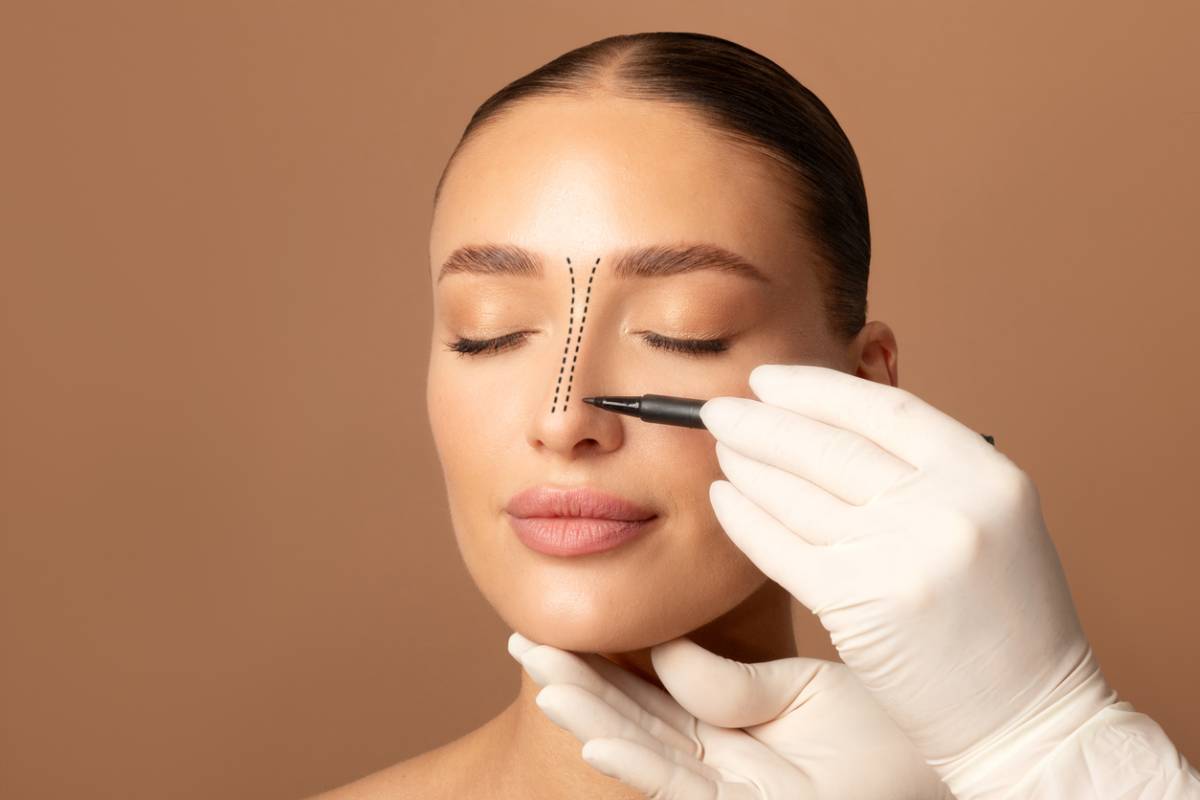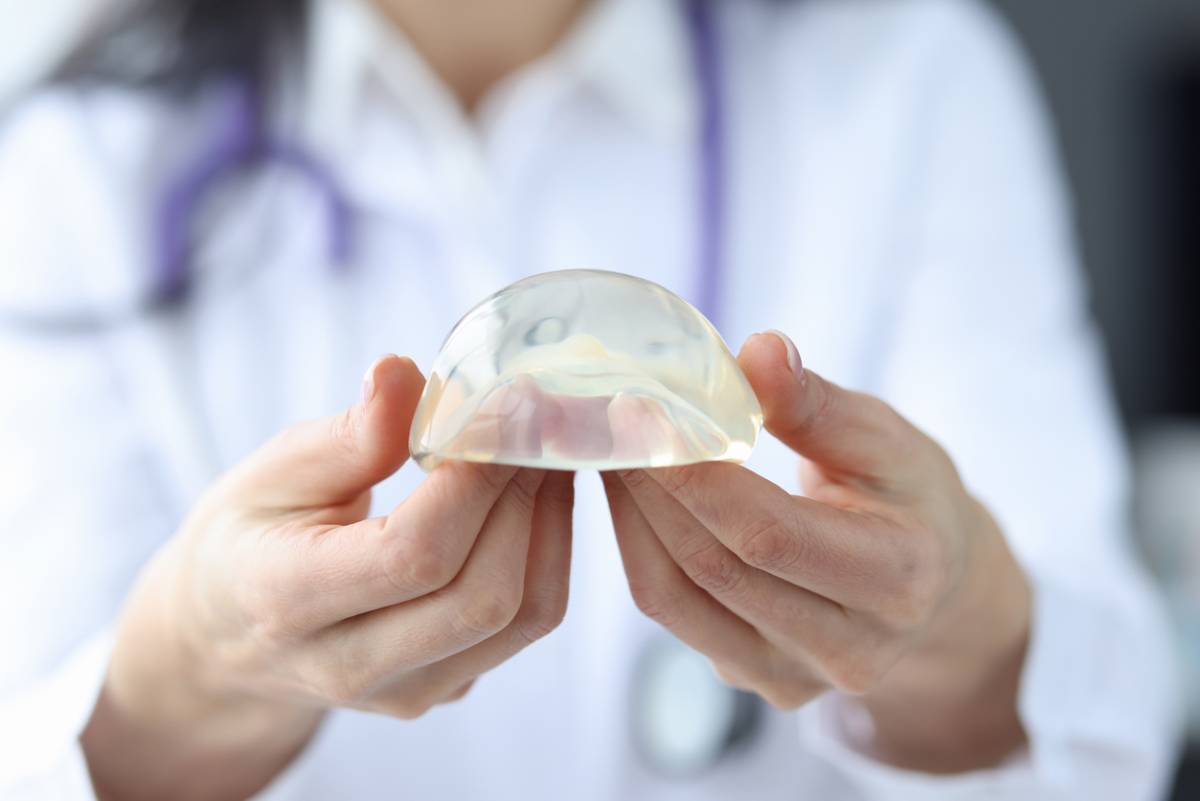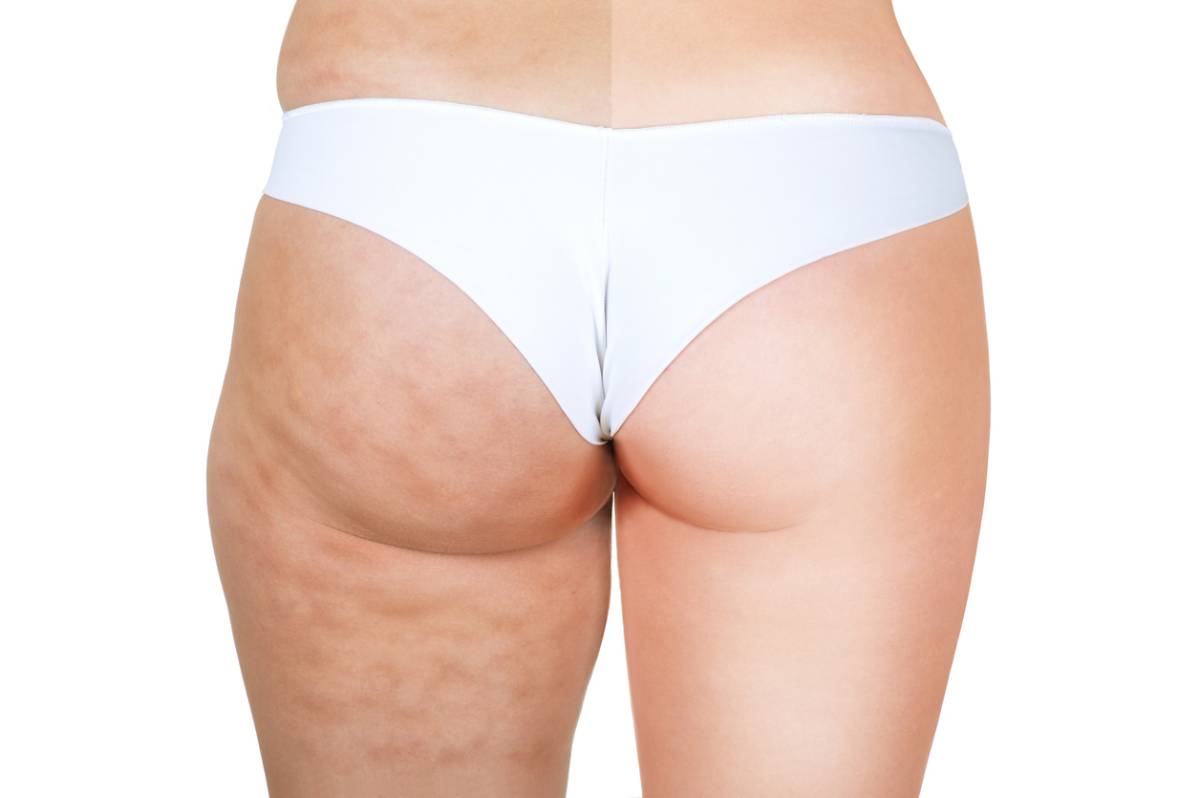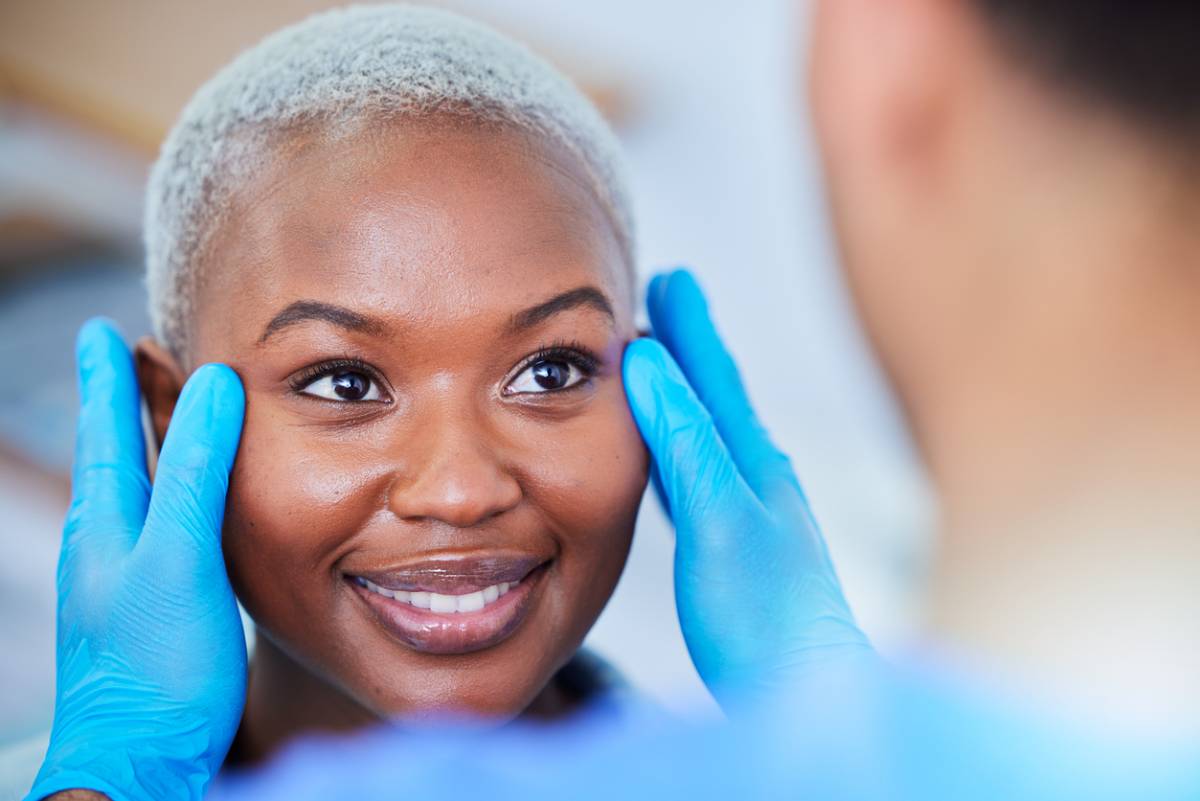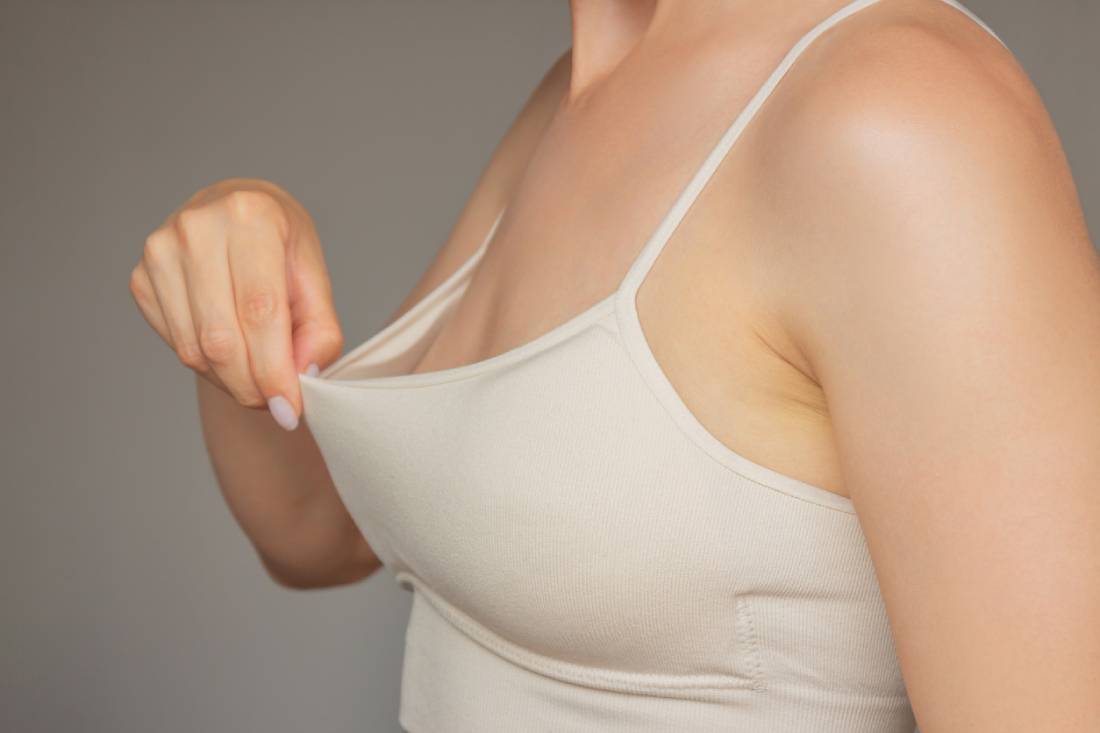How Long Does a Facelift Last?
Rhytidectomy, otherwise known as a facelift, has been a well-known cosmetic procedure for years. It is designed to reduce visible signs of aging in the face and neck and is a popular option for those individuals who want to address sagging skin and deep creases. It effectively provides a more youthful appearance by repositioning facial tissues. This is the reason for its popularity. However, one of the most common questions a plastic surgeon usually has to answer is: How long does a facelift last? This question requires more than a yes or no answer. Various factors may impact the longevity of a facelift. Your surgeon can help you understand them and guide you in making an informed decision.
How Long Does a Facelift Last?
On average, facelift results can last from 7 to 10 years. This means that, after a decade or less, patients may already experience a gradual return of sagging and wrinkling skin as the natural process of aging continues. However, typically, the face will appear younger than if surgery has never been performed.
If you are considering getting a facelift, it is important to keep your expectations in check. A facelift is designed to improve your skin’s appearance by reducing signs of aging, but it does not stop you from aging. You will still continue to age. It just sets back the clock a couple of years.
Factors that Affect How Long a Facelift Lasts
1. Types of Facelift
- Mini Facelift: This type is less invasive and best for mild sagging. The results usually last for 5 to 7 years.
- Mid-Facelift: This type targets the cheek area of your face. The results may last for 7 to 10 years.
- Deep Plane Facelift: Deep plane facelift is a more comprehensive procedure that restores volume and shape by manipulating deeper facial tissues, including the superficial musculoaponeurotic system. The results are usually more natural than traditional facelifts and can last for 7 to 10 years or longer.
2. Patient’s Age at the Time of Surgery
Younger patients who are in their 40s or 50s get longer-lasting results than those who undergo surgery in their 60s or 70s. This is because when skin is younger, it is more elastic and heals better, leading to a better outcome.
3. Skin Quality and Lifestyle
The elasticity, texture, and overall health of your skin can greatly influence how long the results of your facelift can last. When skin is firm and well-moisturized, it is expected to have longer-lasting results. Lifestyle also affects skin health, so the following are to be avoided:
- Smoking: This accelerates aging and reduces blood flow to the skin.
- Sun Exposure: This breaks down collagen and elastin, which leads to sagging and wrinkles.
- Weight Fluctuations: This can stretch the skin and distort the contours of your face.
4. Surgeon’s Skill and Technique
Your choice of surgeon is crucial to the results of your facelift. A highly qualified and experienced surgeon is expected to deliver a more natural look and longer-lasting results.
5. Post-Surgery and Maintenance
Your surgeon will give you post-surgery instructions, which you have to carefully follow.
Failure to do so may affect the way your skin heals and impact the longevity of your results. In addition, you also need to give your skin proper love and care by:
- Applying sunscreen daily
- Applying moisturizers and retinoids
- Avoiding smoking and eating healthy
- Getting supplemental non-surgical treatment like fillers and laser resurfacing
How to Maximize the Lifespan of Your Facelift
To prolong the beautiful results of your facelift, there are things that you can do:
Follow a Healthy Lifestyle
Make sure that your diet is rich in antioxidants. Engage in regular exercise. And have adequate quality sleep. This will keep your skin fresh and firm.
Avoid Sun Damage
Apply sunscreen every day, even when it is cloudy. A hat or an umbrella can give you extra protection.
Stay Hydrated
Maintain your skin’s elasticity by staying hydrated. Ensure that you are getting plenty of water every day.
Consider Touch-Up Procedures
Ask your surgeon about non-invasive options that can refresh your appearance and delay the need for another surgical facelift. A second facelift done 10-15 years after the first one is not uncommon. Second and even third facelifts are safer and more effective than ever before due to the advances in surgical techniques. However, you need to see if another facelift is really necessary. Many patients do not need another full facelift. A mini facelift or other less invasive techniques may be enough to maintain the firmness of your skin.
Begin Your Transformation Today
A facelift is a truly transformative procedure that not only rejuvenates your skin but also makes it more youthful and boosts the confidence that visible signs of aging have dampened.
Facelift results can last for a long time. The key to that is choosing the right surgeon, following post-operative care instructions, and living a healthy lifestyle. If you want to explore this option for yourself and see if it is the right course to take, schedule a consultation with Dr. Chiu, our board-certified surgeon so that you can be empowered to make an informed decision.

